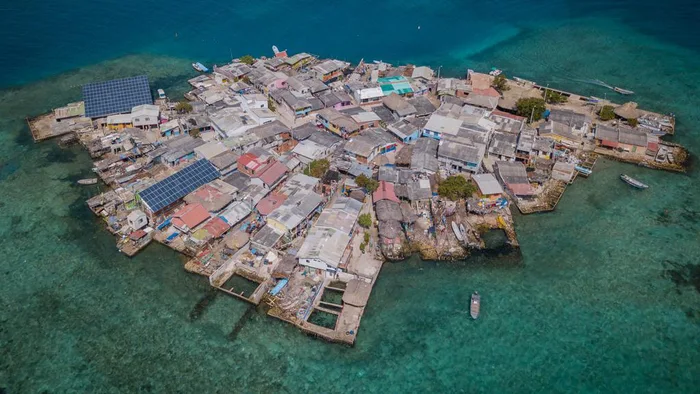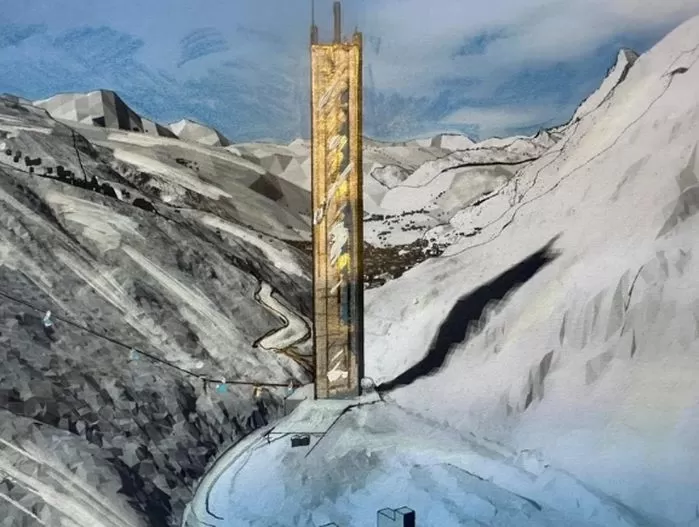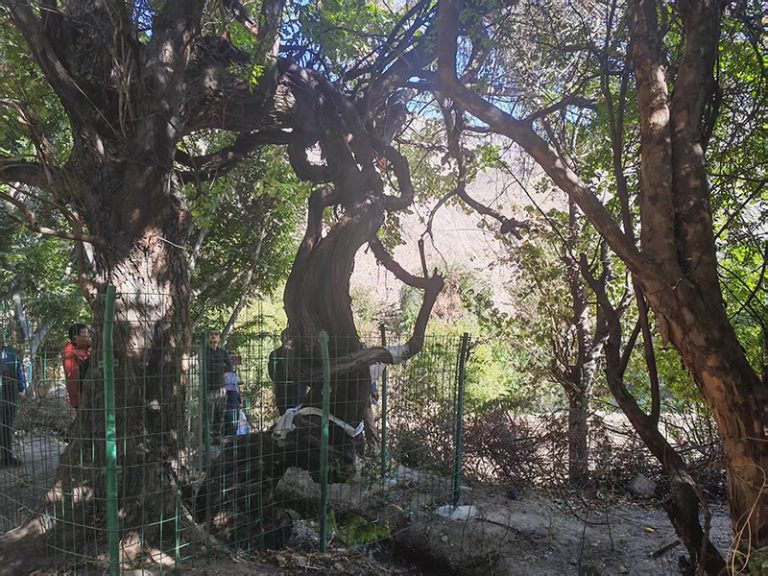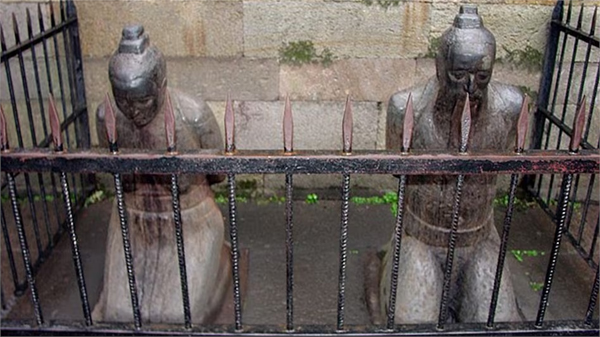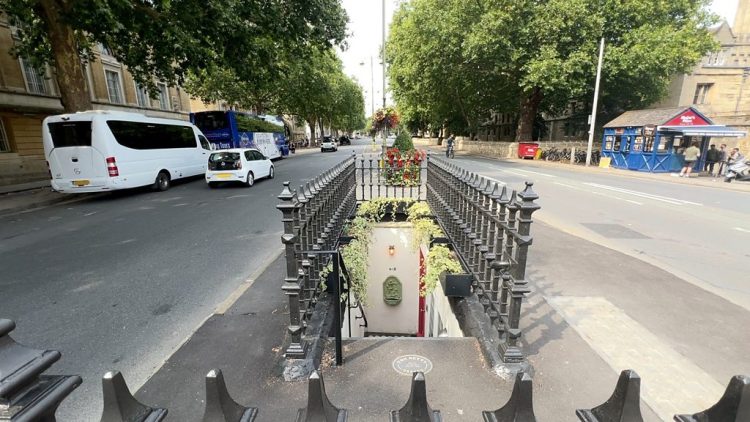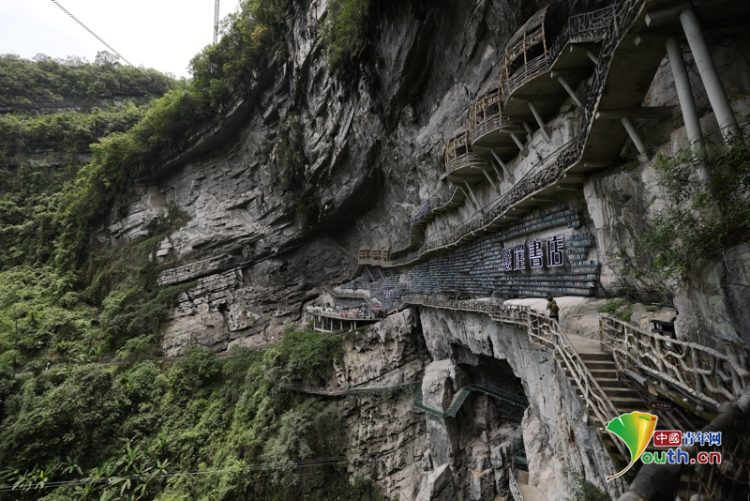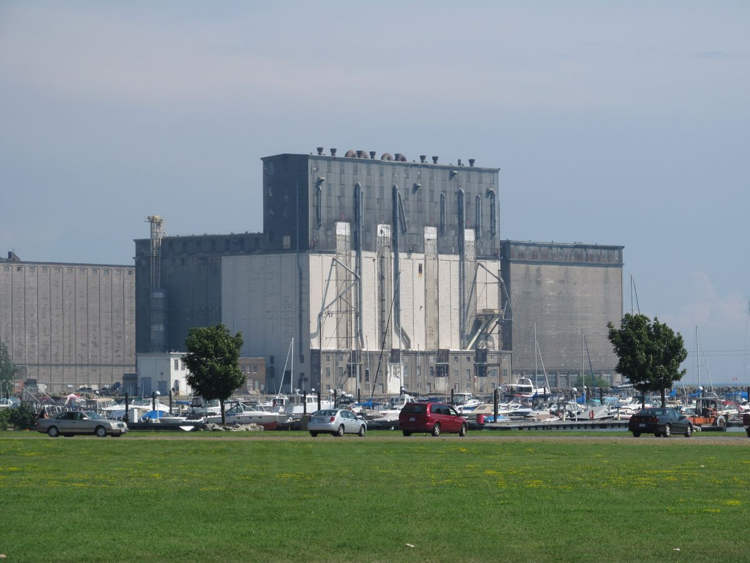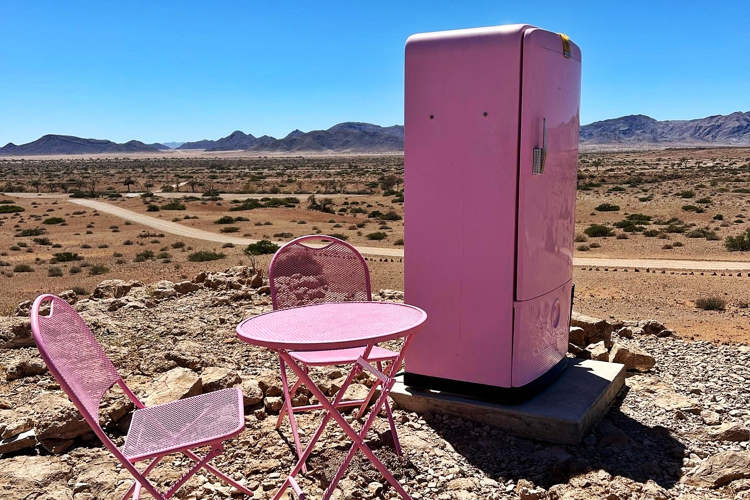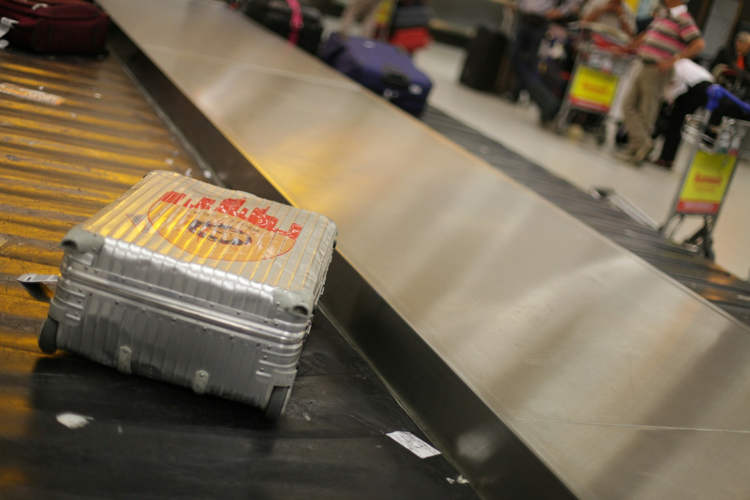Ever wondered what Mexican emigrants go through trying to illegally cross the border into the United States? Well, now you have the opportunity to experience it for yourself at Eco Alberto, an Illegal Border Crossing Theme Park.
Located 100 kilometers from the US border, and about two hours away from Mexico City, the small town of El Alberto has become one of Mexico’s most popular tourist attractions. Seven years ago, 90% of the local population had crossed over into the US in search of the American Dream, and the small settlement had become a modern ghost town. Life was simply too hard in El Alberto and almost everyone decided to try their luck across the border. But that all changed when the Eco Alberto Park was inaugurated in the vicinity of the small Mexican town. Now, El Alberto has a population of around 3,000 and draws in thousands of tourists every year, all eager to experience the unique activity that put this place on the map.

Photo: Sequential-One
The Eco Alberto Park doesn’t have any impressive roller-coasters, carousels or themed rides, like Disneyland, but it does offer an activity you can’t find anywhere else in the world. Called “Caminata Nocturna” (Night Walk), this unique experience simulates what it’s like for illegal emigrants trying to cross the border into the United States through rough terrain and with the border patrol always on their tail. Although the name might be a little confusing, it’s no walk in the park, and even though participants are safe from extreme danger, this course gives them an authentic experience of fear, joy and the hope of a better life. Putting yourself in the shoes of an illegal alien will set you back 250 pesos ($20), but it’s an experience you will never forget.

Photo: Sequential-One
The Night Walk illegal border crossing is split into several stages. First, there’s roll call, after which the would-be emigrants are packed in the back of pick-up trucks and taken to the starting point, where they are given an explanation of what they are about to go through. A “coyote” (people smuggler) tells them they will be facing rough conditions, spiders, snakes, poisonous plants and the vigilant border patrol, but that it’s not even 5% of what a real migrant has to go through to reach his goal. He also informs them that the whole Caminata Nocturna was created as a way to show people a part of Mexico that exists but no one wants to see, and as a way to honor all those brave migrants who tried to cross the border for real. When the coyote finishes his speech, the real fun begins.

Photo: Sequential-One
The Eco Alberto Theme Park spreads over seven miles of rough terrain, which the Mexican migrants have to cross by pick-up and by foot in order to reach their destination. The coyote is always by their side, guiding their every move and instructing them on how to remain undetected. They have to crawl through tunnels, mud and small canyons, while avoiding snakes and other dangerous wildlife and keeping an eye out for the US border patrol.
The park has a staff of 82 who do their best to offer tourists a realistic experience, and for the most part they do a pretty good job. Members of “La Migra”, or the US border patrol, have a particularly important role in the Night Walk experience, so they try to act the same way and say everything the real authorities do. Their Mexican accent makes them less believable, but you can tell they’re trying their best. La Migra tries to convince emigrants to come out, and when they catch some of them they even rough them up a bit to make it look real.
The State Government of Hidalgo has accused the Eco Alberto Park of making fun of emigrants and even of training Mexicans so they can cross the border into America for real, but the parks’ representatives say that since they started organizing the Night Walk activity, in the summer of 2004, 60% of the local population preferred to remain home, instead of putting their lives in danger and being exploited in the US. They claim they are trying to train people not to leave, but to stay in Mexico and work harder for a better life.


